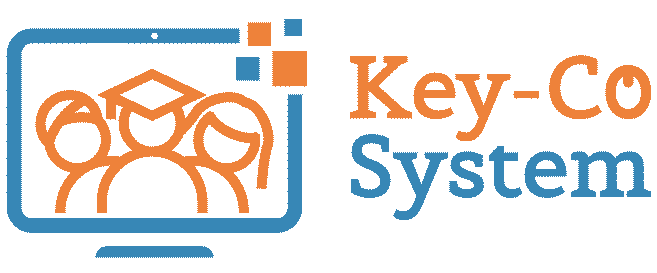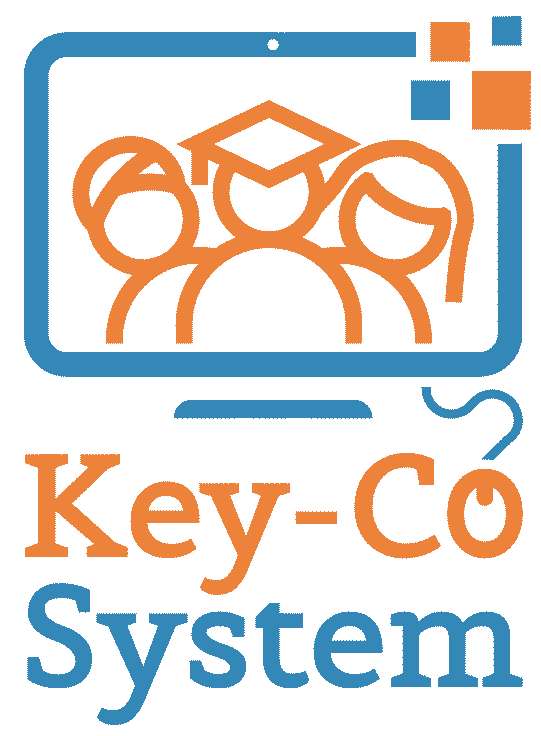DIDAGLO innovative teaching modules for adult L2 learning
Updates and news about ALL IN
febrero 12, 2024Second newsletter
septiembre 4, 2024Learners have different types of needs that affect their learning when learning a foreign language. These needs are personal (related to age, gender, cultural background, interests, educational background, motivation), learning styles (past language learning experience, learning goals and expectations for the course, learner autonomy, learning gap, for instance the gap between the present level and the target level of language proficiency and knowledge of the target culture), professional needs (language requirements for employment, training or education). Teachers working with adults going through migration must be able to meet the learner’s needs. It is obvious from the information above, different people have different learning needs. Therefore, they must be taught in diverse ways and they need to learn all kinds of different things in the classroom when studying L2. Hence the importance of language needs, whose prerogative is underlined several times in the Common European Framework of Reference for Languages. Indeed, the Council of Europe (2002:4) affirms that every teaching proposal must be centred on the learner and their needs, in order to put the learner in the foreground of the teaching relationship by founding language teaching and learning on learners’ needs, motivations, characteristics and resources. Considering the specific needs of our informants and the one of many adult migrants residing in the four partner countries
of the ALL-IN project, descriptors, language activities, resources for teaching literacy and second language illustrated in the LASLLIAM report are good stating point to provide practical support for the effective implementation of policy and to encourage good practice and high quality in the provision of language courses.
In the wake of these important European documents, as part of the ALL IN project we carried out a survey to define the linguistic, communicative and cultural needs of adult migrants residing in Italy, Germany, Greece and Spain. Thanks to this investigation, Guidelines on innovative methodologies and approaches in teaching L2 to adults experiencing migration and displacement were created.
Download the manual here: DIDAGLO manual

